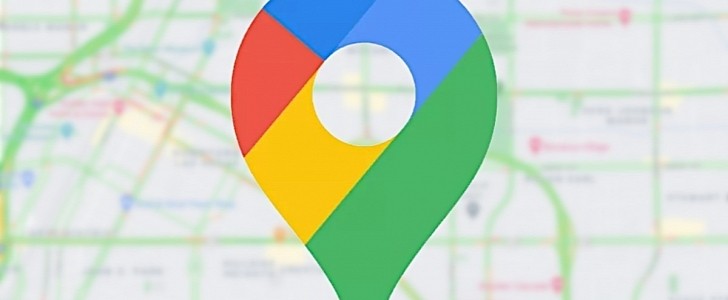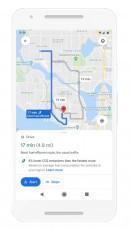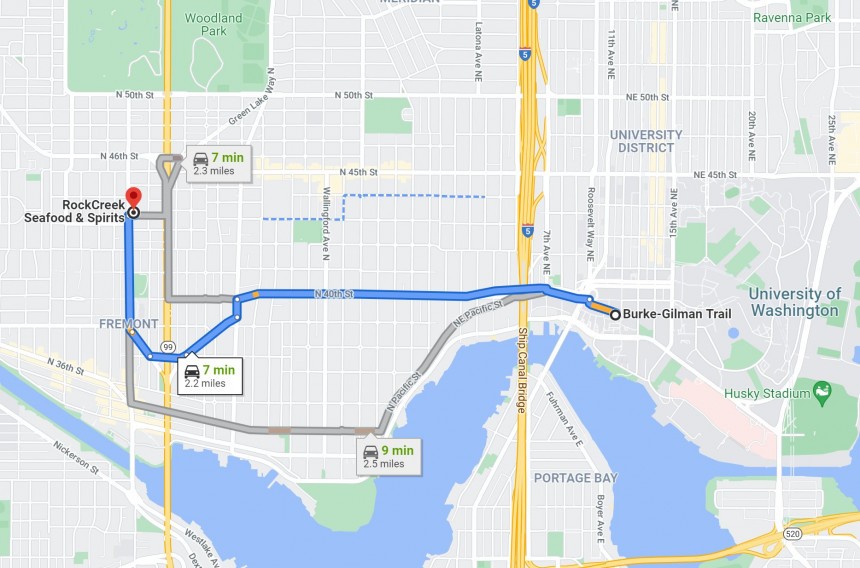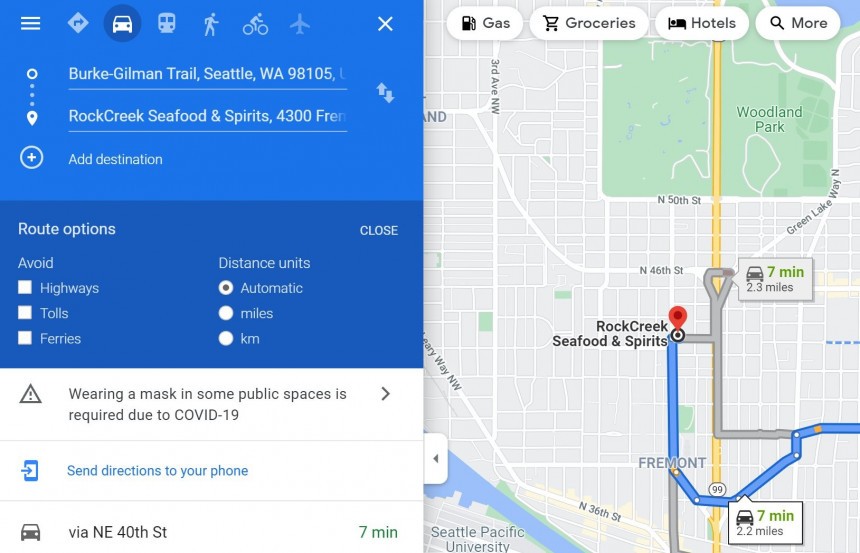Google Maps has become a must-have weapon in the modern tech arsenal of many drivers out there, and to be honest, the reasons are more than obvious.
Thanks to its state-of-the-art navigation capabilities, Google Maps makes finding a specific destination a lot more convenient, all using a series of extras like step-by-step directions, audio guidance, and various layers like the satellite view.
On the other hand, it’s not a secret that Google Maps isn’t all alone in the navigation software world, and navigation experts like TomTom, Sygic, and HERE are also investing massively on this front. Furthermore, tech companies, including Apple, MapFactor, and others, are also developing their own alternatives, available either free of charge or with a subscription.
However, one of the most popular Google Maps replacements right now comes from Google as well, as Waze currently has millions of users all over the world, both on iPhone and Android.
And because users can choose from so many Google Maps alternatives, I decided to do a little test and try to give up on the application completely for one full week.
Here are my findings.
To answer the most common question, driving without a navigation app these days, especially to a place where you’ve never been before, is not necessarily impossible but certainly a major pain in the neck. So if you’re thinking of ditching navigation apps completely, that’s not going to happen. Once you use Google Maps or any other similar app, you can’t go back to the old-school way of relying on road signs or classic maps. Figuring out which way to go is too much of a hassle, so it makes little sense to give up on modern technology just because.
Nevertheless, finding a worthy solution to replace Google Maps is more difficult than you’d be tempted to believe at first. Especially because no matter what app you choose, it still takes time to get used to it, and as a driver, you really can't afford to stare at the screen for too long.
My first stop was Waze.
As a Google-owned app, Waze has millions of users, and this is what makes it one of the most accurate solutions currently out there. Thanks to a crowdsourcing engine, Waze is incredibly accurate when it comes to generating an ETA to a specific destination, as it receives reports from other users on the road while also collecting traffic data from the mobile devices where the app is running.
Waze’s biggest setback is the lack of an offline mode, so here’s why I decided to continue the search.
Sygic would have normally been my first stop, given its software is typically top-notch, but given the whole idea was to find an alternative available for free, my next choice was HERE WeGo.
Depending on what you expect from your navigation app, HERE WeGo can really become a daily driver. The offline map support is impressive, to say the least, as the app lets you download the map of an entire region, country, or continent and then navigate without an Internet connection.
However, the data in HERE WeGo isn’t always the most up-to-date. For instance, some new roads aren’t yet on the map, and the construction areas that I came across, along with the resulting detours, weren’t properly marked on the map.
This is why a large community of users to report map issues, as well as editors to make the required changes, is such an important thing these days.
So after one full week without Google Maps, here are my five essential findings:
On the other hand, it’s not a secret that Google Maps isn’t all alone in the navigation software world, and navigation experts like TomTom, Sygic, and HERE are also investing massively on this front. Furthermore, tech companies, including Apple, MapFactor, and others, are also developing their own alternatives, available either free of charge or with a subscription.
However, one of the most popular Google Maps replacements right now comes from Google as well, as Waze currently has millions of users all over the world, both on iPhone and Android.
And because users can choose from so many Google Maps alternatives, I decided to do a little test and try to give up on the application completely for one full week.
To answer the most common question, driving without a navigation app these days, especially to a place where you’ve never been before, is not necessarily impossible but certainly a major pain in the neck. So if you’re thinking of ditching navigation apps completely, that’s not going to happen. Once you use Google Maps or any other similar app, you can’t go back to the old-school way of relying on road signs or classic maps. Figuring out which way to go is too much of a hassle, so it makes little sense to give up on modern technology just because.
Nevertheless, finding a worthy solution to replace Google Maps is more difficult than you’d be tempted to believe at first. Especially because no matter what app you choose, it still takes time to get used to it, and as a driver, you really can't afford to stare at the screen for too long.
My first stop was Waze.
As a Google-owned app, Waze has millions of users, and this is what makes it one of the most accurate solutions currently out there. Thanks to a crowdsourcing engine, Waze is incredibly accurate when it comes to generating an ETA to a specific destination, as it receives reports from other users on the road while also collecting traffic data from the mobile devices where the app is running.
Waze’s biggest setback is the lack of an offline mode, so here’s why I decided to continue the search.
Depending on what you expect from your navigation app, HERE WeGo can really become a daily driver. The offline map support is impressive, to say the least, as the app lets you download the map of an entire region, country, or continent and then navigate without an Internet connection.
However, the data in HERE WeGo isn’t always the most up-to-date. For instance, some new roads aren’t yet on the map, and the construction areas that I came across, along with the resulting detours, weren’t properly marked on the map.
This is why a large community of users to report map issues, as well as editors to make the required changes, is such an important thing these days.
So after one full week without Google Maps, here are my five essential findings:
- You really can’t survive without a navigation app; once you use one, you can never give up on it, as having a companion to guide you to an unknown destination just feels natural
- The offline map support has become vital for a navigation app, especially when traveling overseas or in areas without cellular signal
- The large community of users and map editors is what makes Google Maps incredibly accurate
- Paying for a Pro version could provide users with extra capabilities, but the majority of users don’t need more than the feature package already available in Google Maps
- There’s a learning curve, no matter what app you choose, but the best replacements for Google Maps continue to be the Google-owned Waze (if you have a permanent Internet connection) and Apple Maps (if you have an iPhone and live in the United States)








